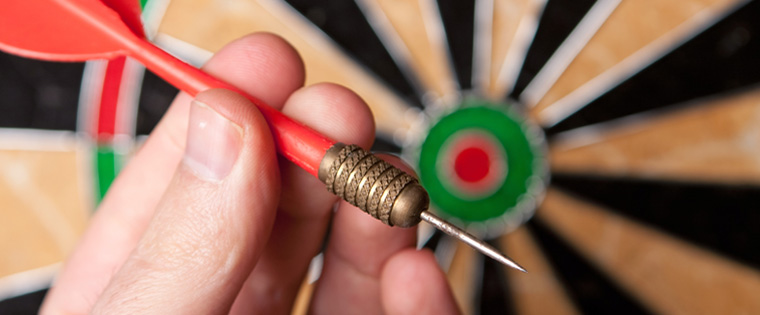5 Hobbies of Instructional Designers to Keep Them Going

I firmly believe that incorporating hobbies in our daily routine helps us be effective, both in our personal and professional lives. Though many think hobbies are just for fun, I strongly consider that hobbies offer a great way to satisfy one’s passion and curiosity.
→ Download Now: Instructional Design Strategies to Design Engaging eLearning Courses
If you are an instructional designer, who is passionate about learning and delivering knowledge, here are some useful hobbies that can be adapted to enhance your professional skills.
1. Reading
To be a resourceful instructional designer, one should be passionate about learning. As part of his profession, an instructional designer should be able to analyze content and visualize it based on learning styles and adult learning principles. To do this, he must have a good repository of interdisciplinary knowledge. Knowledge can be gained by reading books of various genres.
If you are passionate about learning, then you should be equally passionate about reading. Reading also helps expand one’s knowledge and vocabulary.

2. Writing
An instructional designer’s responsibility involves writing learning objectives, audio scripts, chunking content, etc. in every course they design. To develop professional writing skills in an interesting way, one can start writing journals on topics of their choice.
Writing helps us enrich our self-introspection, which has many benefits. It helps an instructional designer have a clear vision and also facilitates their language improvement.
Effective reading and writing skills together work as the best combination for an instructional designer’s professional growth.

3. Online Research
An instructional designer should be a repository of interdisciplinary knowledge. Regular online research in interested subjects, helps him gain knowledge.
Hence, conducting online research on various topics, collecting new slide designs regularly, can be a useful hobby for an instructional designer to adapt.

4. Solving Puzzles or Riddles
An instructional designer should have effective analytical skills to plan strategies based on the learner’s mind. This can be gained through regular solving of puzzles and riddles.

Instructional Design Strategies to Design Engaging eLearning Courses
Design Learner-Centric eLearning
- Importance of ID Strategies in eLearning
- Parameters to Select the Right ID Strategy
- ID Strategies for Effective Results
- Case Studies
Solving puzzles such as crossword, Sudoku, etc., helps an ID enhance his analytical skills. Working on riddles can improve critical thinking skills and activates brain functions.

5. Facilitating or Teaching
Most of the times, an instructional designer should think from a learner’s perspective. It might be quite difficult for novice IDs to imagine themselves in the learners’ shoes while designing. This can be made easy by having regular interactions with learners. Offering classes for your audience makes it easy to tune into their wavelength easily.

These are 5 hobbies that keep an instructional designer going ahead in his career. I hope you found this post useful. Feel free to share if you wish to add to the list.





![Effective eLearning Courses — What’s the Hype About? [Infographic]](https://blog.commlabindia.com/hubfs/blogs/elearning-courses-effectiveness-tips-info.jpg)